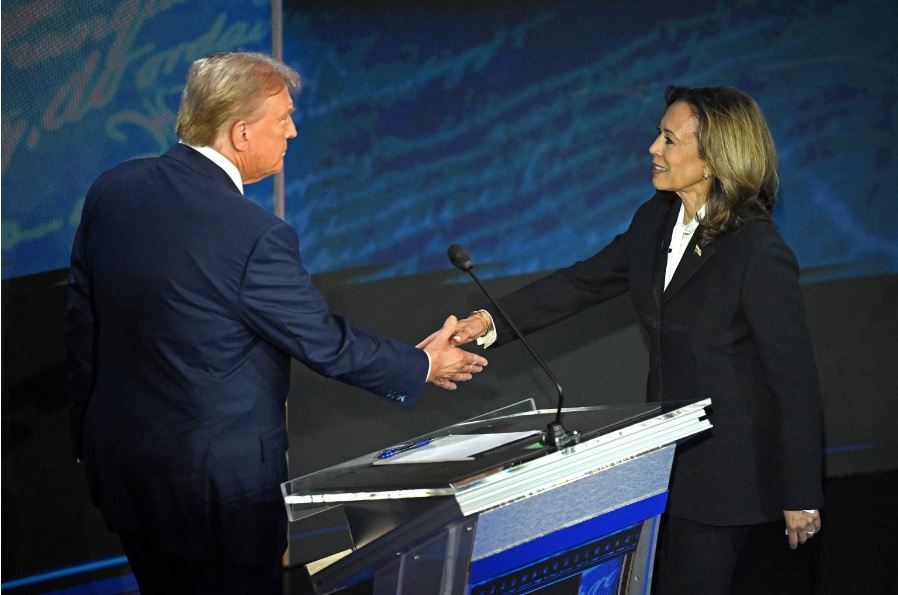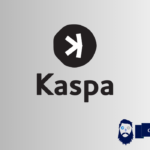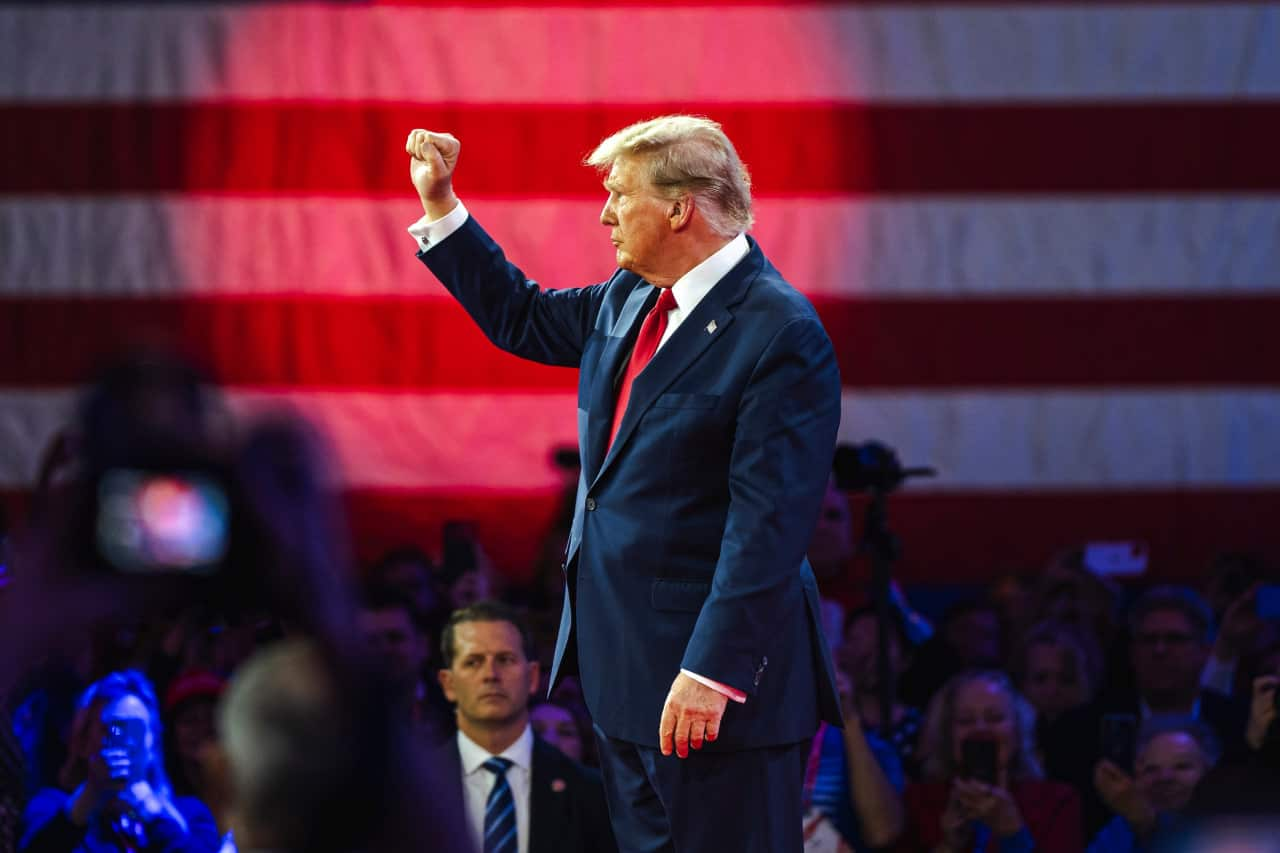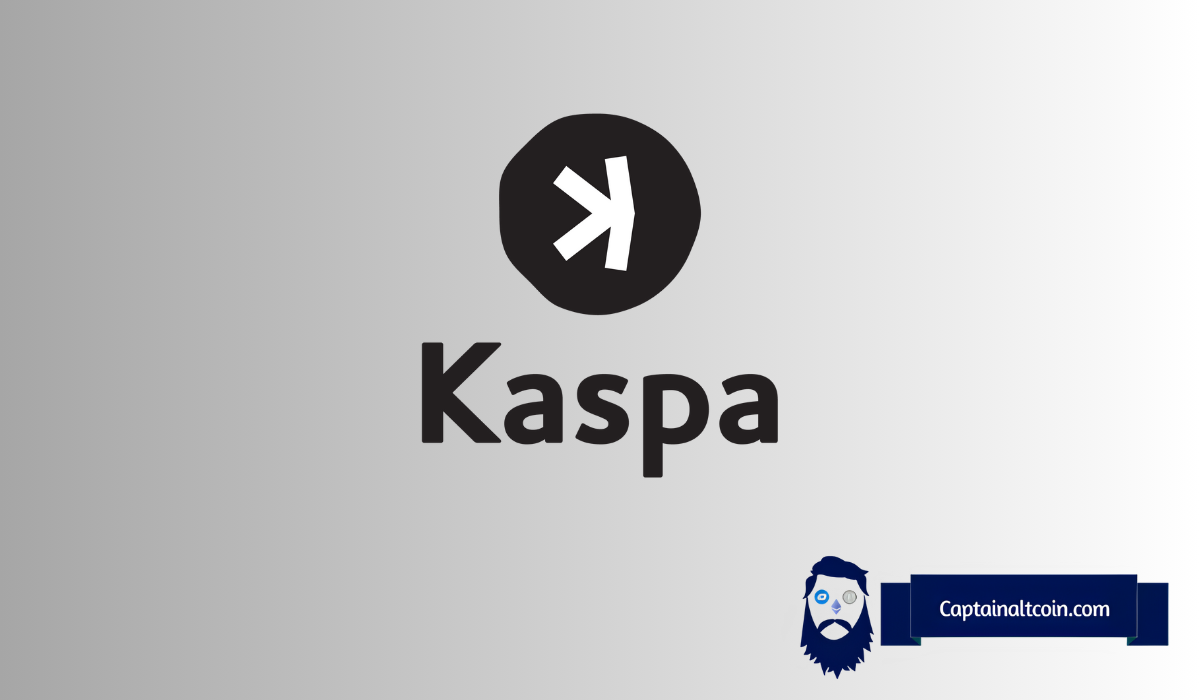Former US President Donald Trump’s newest crypto project, World Liberty Financial (WLFI), is eyeing a launch on the Aave Ethereum Mainnet. Indeed, the decentralized finance project debuted on September 18th but is now facing a new proposal that will launch it on Aave V3 if approved.
The endeavor is yet another foray for Trump into the world of Web3 and cryptocurrencies. Throughout his bid for re-election in 2024, Trump has made crypto one of his main focuses. Subsequently, WLFI is set to be his most involved digital asset project to date, following his NFT trading card unveiling last year.


Also Read: Solana to Outperform Ethereum, Bitcoin in 2025 if Trump Reelected
New Proposal Has Trump’s WLFI Set to Launch on Aave
On the road to the 2024 US Presidential Elections, the cryptocurrency sector has finally gotten an advocate. Amid ongoing unclarity in the sector, Donald Trump has spoken up for the growing industry. More importantly, he has spoken to the vitality of the industry’s health in the country.
That had led the former president to debut his very own DeFi project. Now, Trump’s World Liberty Financial could be set to launch on the Aave Ethereum mainnet. Specifically, a recently introduced governance proposal would see the WLFI project launch on the network.
Also Read: Robinhood Executive Favored to Replace SEC Chair Under Trump
The proposal claims that the launch would provide increased liquidity for Ethereum, Wrapped Bitcoin, and various stablecoins. Moreover, that benefit could be extended to a variety of tokens throughout the digital asset industry.
The project shared the announcement in a post to X (formerly Twitter). Additionally, the WLFI venture is seeking to expand the user base for the asset class. Aave is a leader in decentralized lending, and that would be beneficial to the Trump-run project. Indeed, the DeFi platform is looking to promote overcollateralized borrowing and lending. Thereby unlocking that new class of user.










